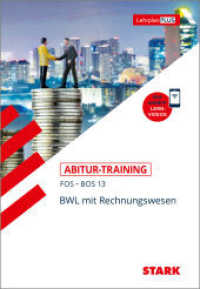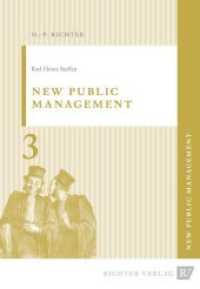- ホーム
- > 洋書
- > 英文書
- > Science / Mathematics
Full Description
This book provides an easily accessible, yet detailed, discussion of computer arithmetic as mandated by the IEEE 754 floating point standard, arguably the most important standard in the computer industry. The result of an unprecedented cooperation between academic computer scientists and industry, the standard is supported by virtually every modern computer. Although the basic principles of IEEE floating point arithmetic have remained largely unchanged since the first edition of this book was published in 2001, the technology that supports it has changed enormously.
Every chapter has been extensively rewritten, and two new chapters have been added: one on computations with higher precision than that mandated by the standard, needed for a variety of scientific applications, and one on computations with lower precision than was ever contemplated by those who wrote the standard, driven by the massive computational demands of machine learning.
The second edition of Numerical Computing with IEEE Floating Point Arithmetic includes many technical details not readily available elsewhere, along with many new exercises. It explores the rationale for floating point representation, correctly rounded arithmetic, exception handling, and support for the standard provided by floating point microprocessors and programming languages. Key concepts such as cancellation, conditioning and stability are also discussed. The book emphasizes historical development, from the early history of computing, through the 2008 and 2019 revisions of the floating-point standard, to the latest advances in microprocessor support. It also includes a previously unpublished letter by Donald E. Knuth on the value of gradual underflow, a key requirement of the standard.
Audience
This book should be accessible to any reader with an interest in computers and mathematics, including students at all levels. Some basic knowledge of calculus and programming is assumed in the second half. There is enough variety of content that all but the most expert readers will find something of interest.








